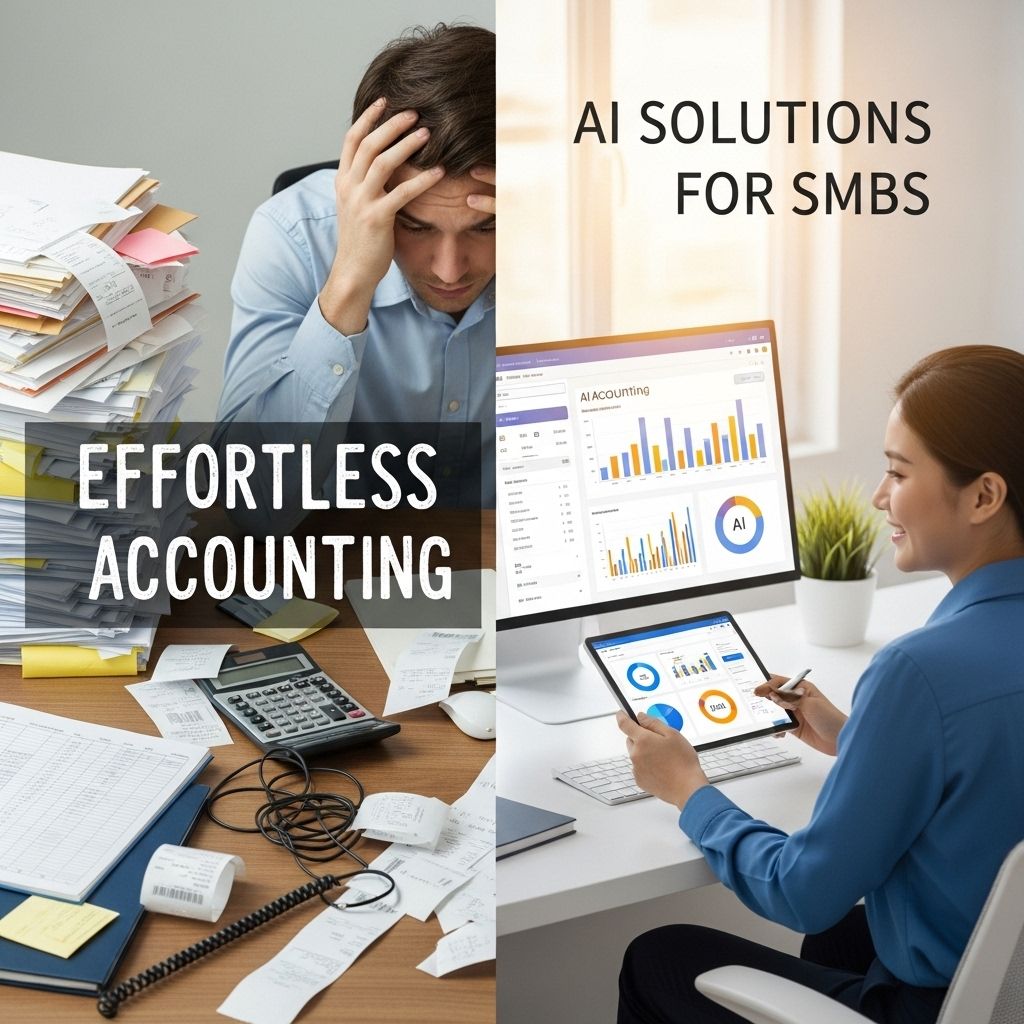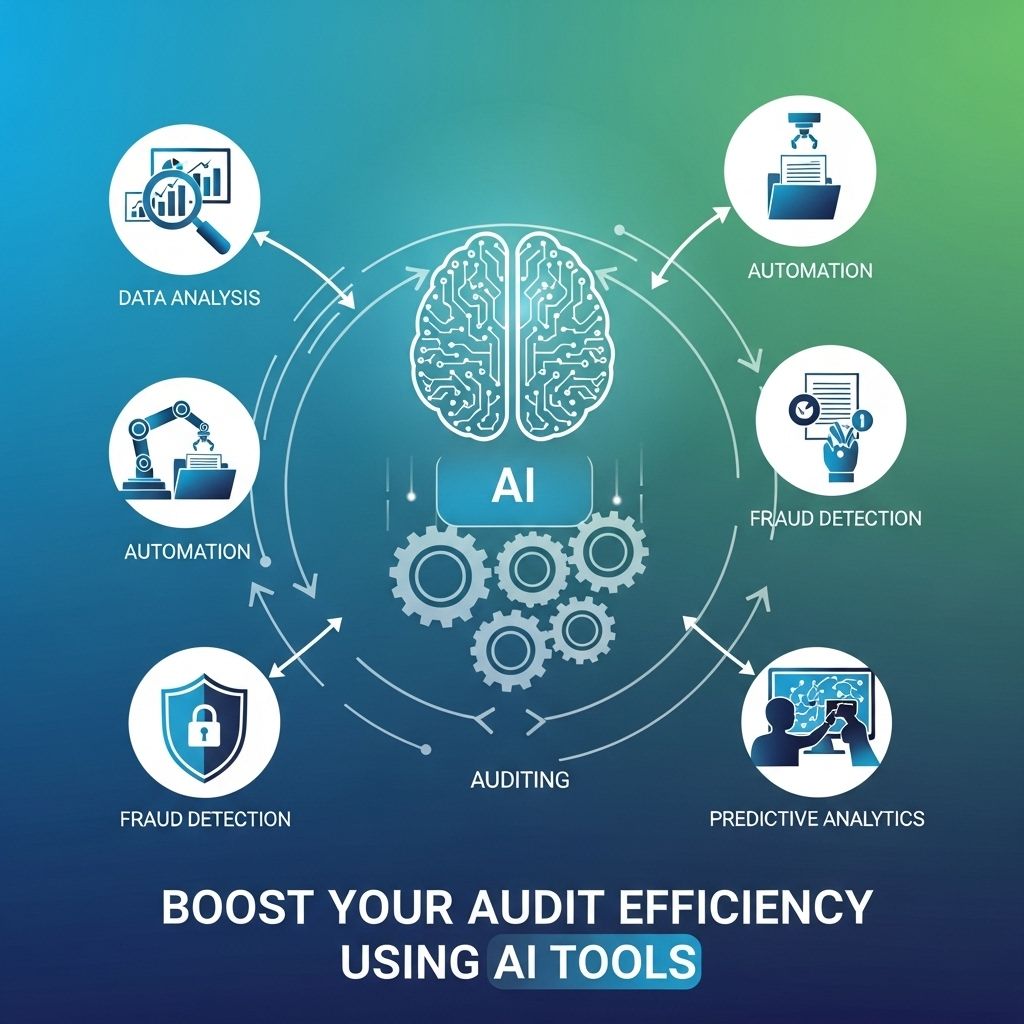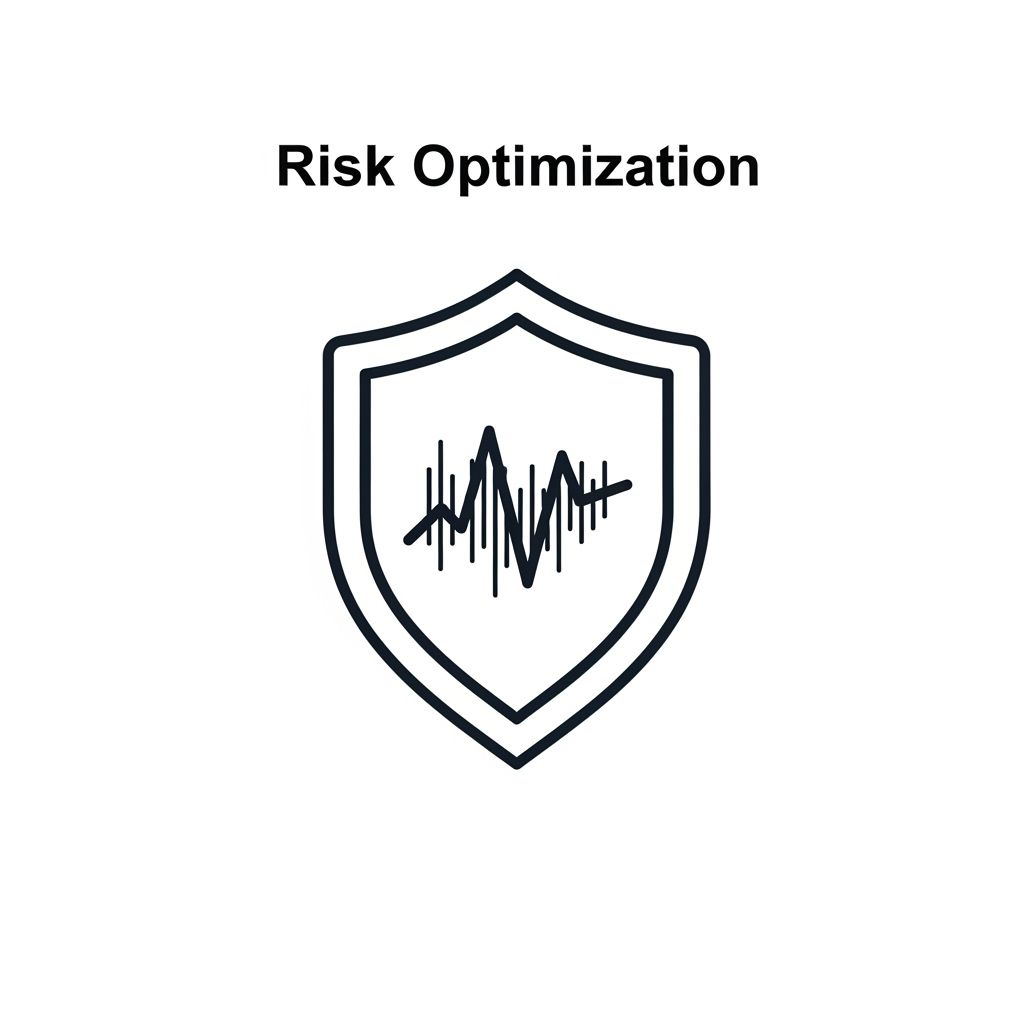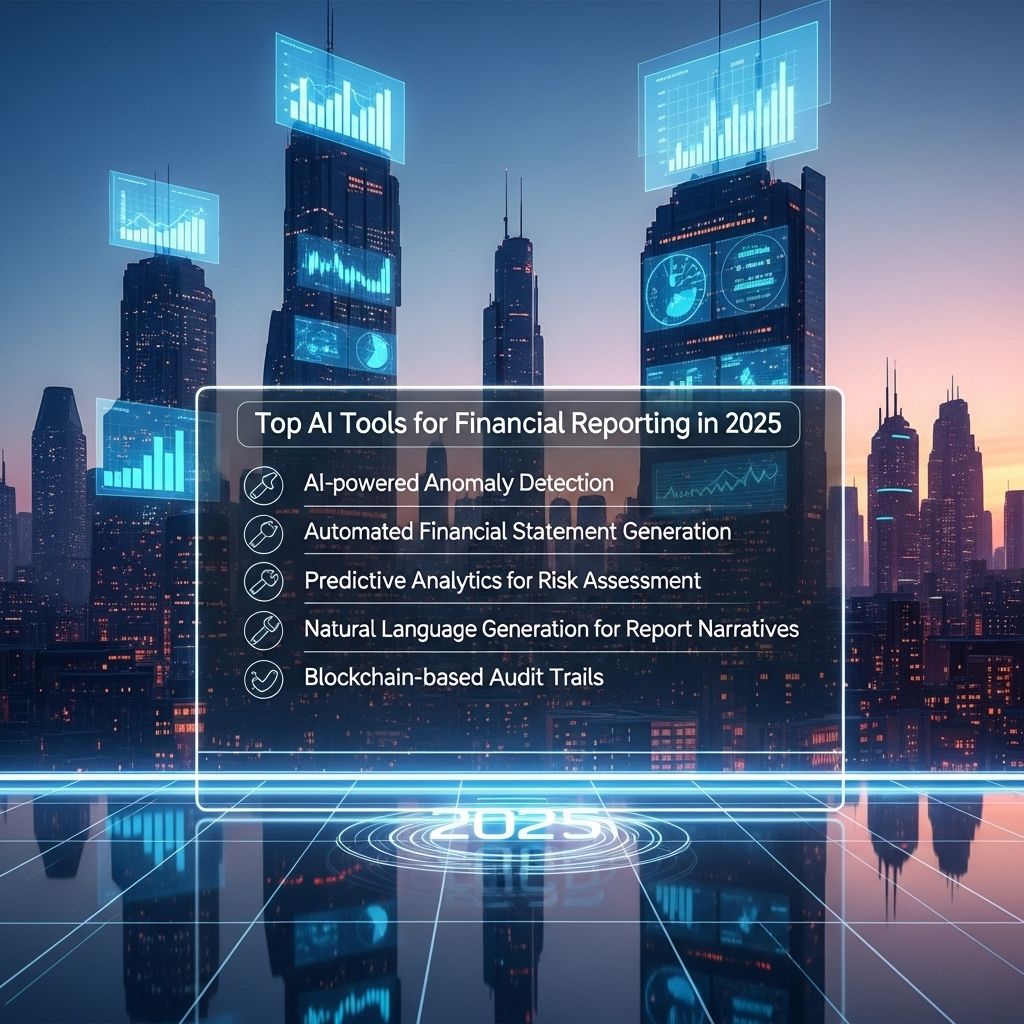Top AI Tools for Predictive Financial Modeling in 2025
Discover the best AI tools for predictive financial modeling in 2025, enhancing accuracy and efficiency in financial forecasting.

The financial landscape is evolving rapidly, with advancements in artificial intelligence (AI) transforming the way organizations approach predictive financial modeling. In 2025, as businesses increasingly rely on data-driven insights to make strategic decisions, identifying the best AI tools for predictive financial modeling will be essential. This article explores the top AI tools anticipated to dominate the market, their features, and why they are invaluable for financial professionals.
Table of Contents
Understanding Predictive Financial Modeling
Predictive financial modeling utilizes statistical algorithms and machine learning techniques to forecast future financial trends. By analyzing historical data, organizations can identify potential outcomes and make informed decisions. The primary components of predictive modeling include:
- Data Collection: Gathering historical data relevant to financial variables.
- Data Processing: Cleaning and transforming data for accurate analysis.
- Model Development: Creating algorithms that can forecast future trends.
- Validation: Testing the model to ensure its predictive power.
- Implementation: Integrating the model into decision-making processes.
Key Features of Effective AI Tools for Financial Modeling
When evaluating AI tools for predictive financial modeling, it’s crucial to consider specific features that enhance their effectiveness:
1. User-Friendly Interface
A well-designed interface allows users to easily navigate the software, making it accessible even for those without extensive technical expertise.
2. Advanced Analytics
Tools should offer advanced analytics capabilities, including machine learning algorithms that provide accurate forecasts.
3. Integration Capabilities
Effective AI tools should seamlessly integrate with existing financial systems and data sources.
4. Scalability
As businesses grow, their data needs change. Therefore, tools must be scalable to accommodate increasing volumes of data.
5. Real-Time Data Processing
The ability to process and analyze data in real-time ensures that financial models remain relevant and accurate.
Top AI Tools for Predictive Financial Modeling in 2025
Based on current trends and anticipated advancements, here are some of the best AI tools for predictive financial modeling expected to lead the market in 2025:
1. TensorFlow
TensorFlow, developed by Google, is an open-source machine learning library that offers powerful tools for predictive modeling. Its flexibility and scalability make it suitable for a range of financial applications.
2. IBM Watson Studio
IBM Watson Studio provides data scientists and analysts with a suite of tools for building and training machine learning models. Its robust analytics capabilities and integration with IBM Cloud make it a strong contender in financial modeling.
3. Microsoft Azure Machine Learning
This cloud-based platform offers a comprehensive environment for developing predictive models. Its automated machine learning features simplify the modeling process, while built-in tools help ensure data quality.
4. RapidMiner
RapidMiner is a data science platform that focuses on simplifying the predictive modeling process. It supports various data sources and provides a user-friendly interface, making it an excellent choice for financial analysts.
5. Alteryx
With its data preparation and analytics capabilities, Alteryx allows users to blend data from multiple sources and build predictive models quickly. It is particularly valued for its focus on enabling business users to perform advanced analytics without needing extensive coding experience.
Implementing Predictive Financial Modeling: A Step-by-Step Guide
Implementing predictive financial modeling using AI tools involves several steps. Here’s a structured approach to ensure success:
Step 1: Define Objectives
Clearly outline the goals of your predictive model. Consider the financial metrics you want to forecast, such as revenue, expenses, or cash flow.
Step 2: Collect and Prepare Data
Gather historical financial data and ensure it is clean, relevant, and structured. This might involve:
- Identifying data sources (ERP systems, spreadsheets, etc.)
- Cleaning data to remove inconsistencies
- Transforming data into a usable format
Step 3: Choose the Right Tool
Select an AI tool based on your specific needs and the features discussed earlier. Ensure the tool can handle your data volume and complexity.
Step 4: Build the Predictive Model
Using the selected tool, develop the predictive model by:
- Choosing appropriate algorithms
- Training the model with historical data
- Validating its accuracy with test datasets
Step 5: Deploy and Monitor
Once the model is built, deploy it within your organization’s financial systems. Regularly monitor its performance and update it as necessary to account for changing market conditions.
Challenges in Predictive Financial Modeling
While the benefits of predictive financial modeling are substantial, there are challenges that organizations may face:
1. Data Quality
Inaccurate or incomplete data can lead to unreliable predictions. Ensuring high-quality data is paramount for effective modeling.
2. Complexity of Financial Systems
Integrating AI tools with existing financial systems can be complex, requiring significant time and resources.
3. Resistance to Change
Financial professionals may resist adopting new technologies. Change management strategies are essential to overcome this barrier.
The Future of Predictive Financial Modeling
As AI technology continues to advance, the future of predictive financial modeling looks promising. Key trends to watch include:
- Increased Automation: More processes will become automated, allowing analysts to focus on strategic decision-making rather than data processing.
- Enhanced Predictive Accuracy: Advancements in algorithms will improve the accuracy of forecasts significantly.
- Broader Accessibility: As AI tools become more user-friendly, more professionals will be able to engage with predictive modeling techniques.
In summary, the tools and methodologies for predictive financial modeling are vital for businesses seeking to leverage data for competitive advantage. By 2025, it is expected that businesses will have access to even more powerful AI tools that will further enhance their predictive capabilities and drive strategic decision-making.
FAQ
What are predictive financial modeling tools?
Predictive financial modeling tools use advanced algorithms and data analytics to forecast financial outcomes and trends, helping businesses make informed decisions.
How can AI improve predictive financial modeling?
AI can enhance predictive financial modeling by analyzing large datasets, identifying patterns, and providing more accurate forecasts compared to traditional methods.
What are the top AI tools for predictive financial modeling in 2025?
Some of the top AI tools expected in 2025 include IBM Watson, Microsoft Azure Machine Learning, and Tableau, each offering unique features for financial analysis.
Is predictive financial modeling suitable for all businesses?
Yes, predictive financial modeling can benefit businesses of all sizes across various industries by improving financial planning and risk management.
What skills are needed to use predictive financial modeling tools effectively?
Users should have a background in data analysis, finance, and proficiency in using AI tools to maximize the benefits of predictive financial modeling.








